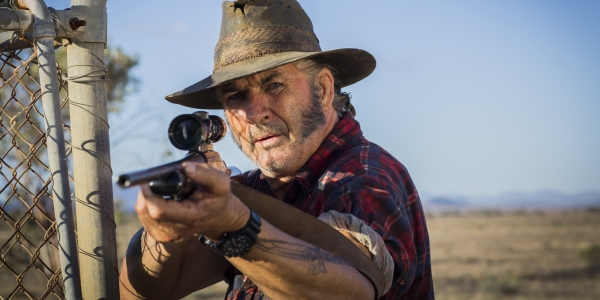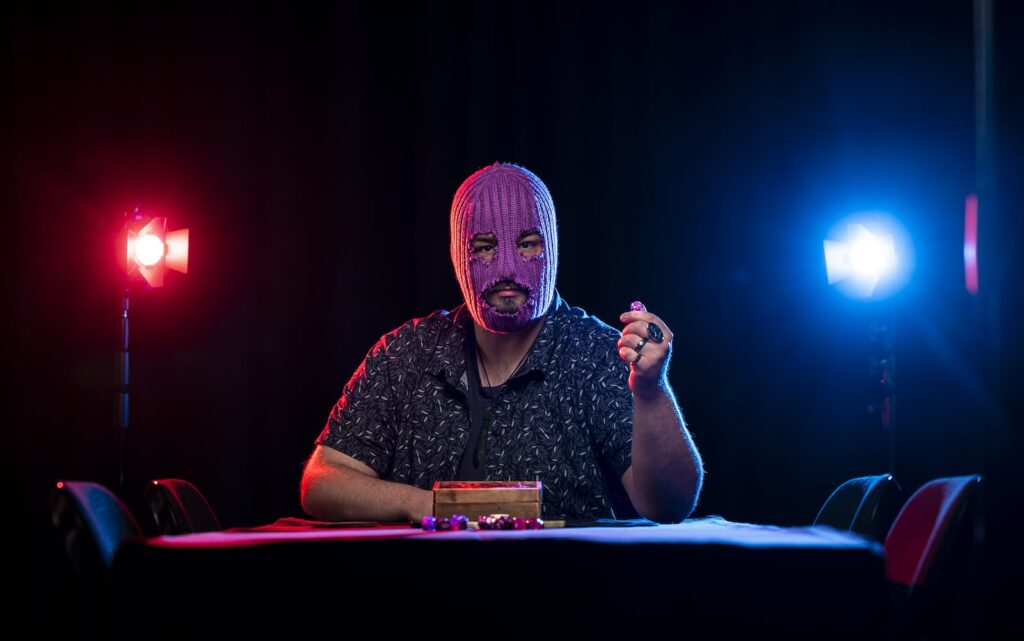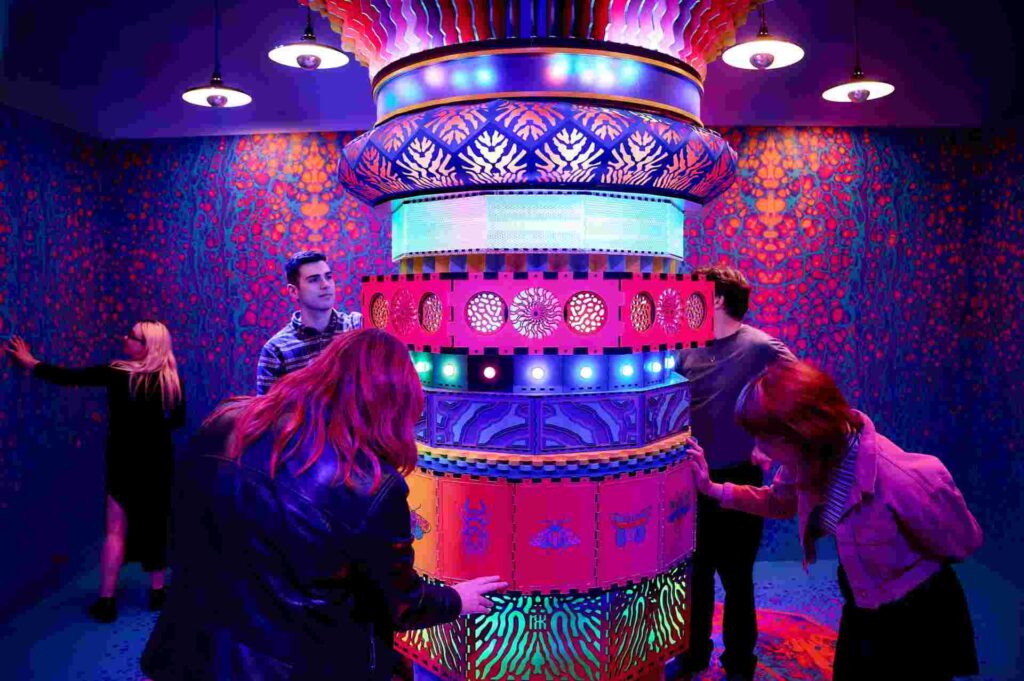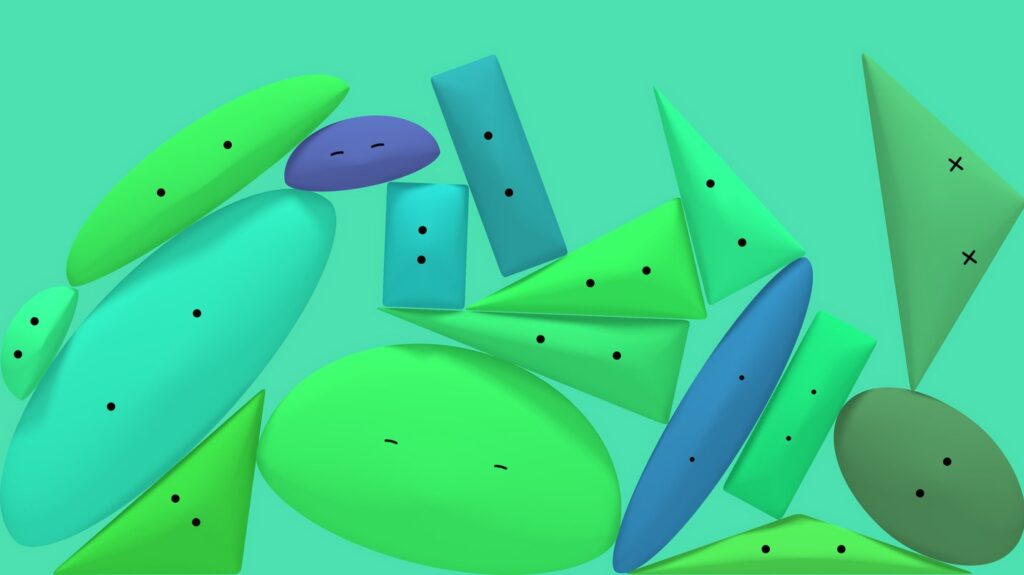But as Waleed Aly writes in The Age, “even the briefest sampling of commercial talkback radio revealed a streak within us that sees a detainee’s death merely as comeuppance.” What the actual fuck, Australia?. I mean, it’s not like 60 per cent of us are Wolf Creek madman Mick Taylor, gleefully licking our lips at the thought of turning “introduced species” – foreigners – into heads on sticks. If you’ve seen the sequel (it’s in cinemas now) you could hardly miss the iconic central character’s obsession with, intolerance of and savage cruelty towards non-Australians. Mick is a psychopath; he bloody loves torturing tourists to their gruesome deaths. But is he emblematic of something rotten in the national psyche, a larger-then-life, fictional caricature of that “streak within us” that sees death as a justified punishment for daring to come to Australia in a way we don’t like?
“You’re probably taking it to an academic level,” says John Jarratt, the man who brings Mick so spectacularly to life. It’s a little unnerving to sit opposite a face you know best as a sniper-rifle happy, spinal cord severing sadist, but Jarratt couldn’t be further removed from the character he’s arguably most identified with. Soft spoken and polite, the father of six tells me he thinks this aspect of the film is more coincidental than anything. “I don’t think it was intentional,” he says, but acknowledges that Mick’s attitude reflects the “terrible racism amongst the red-necked people of this country – and I’m from the country, I know about it, I’ve been in fights over it.”
He shows me his misshapen little finger, saying it’s the result of a man calling him “a black-lovin’ arsehole. So yes, of course it’s pervasive in a certain minority. I think the majority of Aussies are not bad people. But it only takes a minority to fuck it up for everyone else.”
Director Greg McLean is more definite, however: “Mick Taylor is an exploration of the nature of the Australian national identity,” he says in the film’s production notes. He expands on the “unusual parallels in terms of what the film is dealing with socially at the moment” by noting that the horror at its heart “is an old world form of racism – where people are terrified of people from other places in the world. The film also has an intense magnifying glass on that concept: what’s at the heart of the Australian xenophobia?”
In this respect, Wolf Creek 2 sits in the horror tradition of social commentary, allegorising our culture’s deepest fears and anxieties. It also subtly mines another horror convention: black comedy. Yep, Wolf Creek 2 is, at times, quite funny. It was always going to be a different beast to Wolf Creek, where the horror came almost entirely from implication. But we know who Mick is now, so the sequel can afford to sucker-punch your eyes and adrenal glands from the opening scene – and never let up. The humour is a relief, but also a reflection of Mick’s mindset.
“Mick’s having a ball,” Jarratt says. “Everyone seems to forget that I’m not playing this one-dimensional nasty guy who growls. I’m playing this gregarious, funny, Aussie larrikin who’s bent to the hilt and who gets a kick out of torturing the crap out of human beings. He brings his Aussie humour to it, and he’s enjoying himself, cracking jokes and viewing it all as a game.
“I think Mick was funny in the first one too,” he adds, “but you didn’t get to explore it as much. This film is Mick’s from the get-go so it’s out of the box for the entire film and you see a lot more of the humour because there’s a lot more Mick.”
Indeed, Jarratt sees Mick as almost a cartoon character, albeit based in truth. Many of his most iconic traits are inspired by the actor’s dad, Bruce (who died before the first film came out, so never got to see his son’s unusual homage). “My dad wasn’t evil,” he clarifies, “but he was a larger-than-life bull of a man: deep voice, fighter, country boy, hard worker, coal miner, rough as guts but funny. Typical Aussie larrikin. People who know my dad know that with Mick Taylor I’m doing a Bruce,” he says, lowering his voice to Mick’s sedimentary growl: “With the added psychopath serial killer thrown in.”
And that laugh: the one that “starts as a chuckle and ends up as Jaws music” and took Jarratt eight months to develop. “In the first movie I didn’t know whether it would work – if it would make him too much of a cartoon character. I now know it works, obviously, and the character is quite iconic.”
As is the movie. Hence the sequel. And if it does well, a third is likely. In fact they’ve already got “grand ideas” for it, Jarratt says, although obviously he can’t talk about them yet. But if Wolf Creek 2 gets audiences talking – about racism, Australia, violence, politics (for the overly academic amongst us) or even just movies – it will surely be successful.
BY MELANIE SHERIDAN







